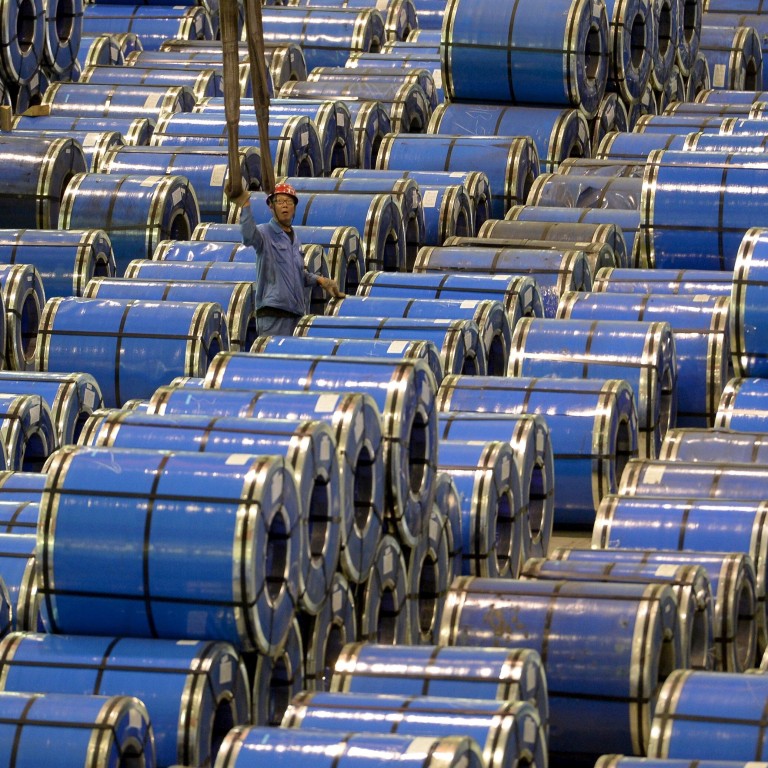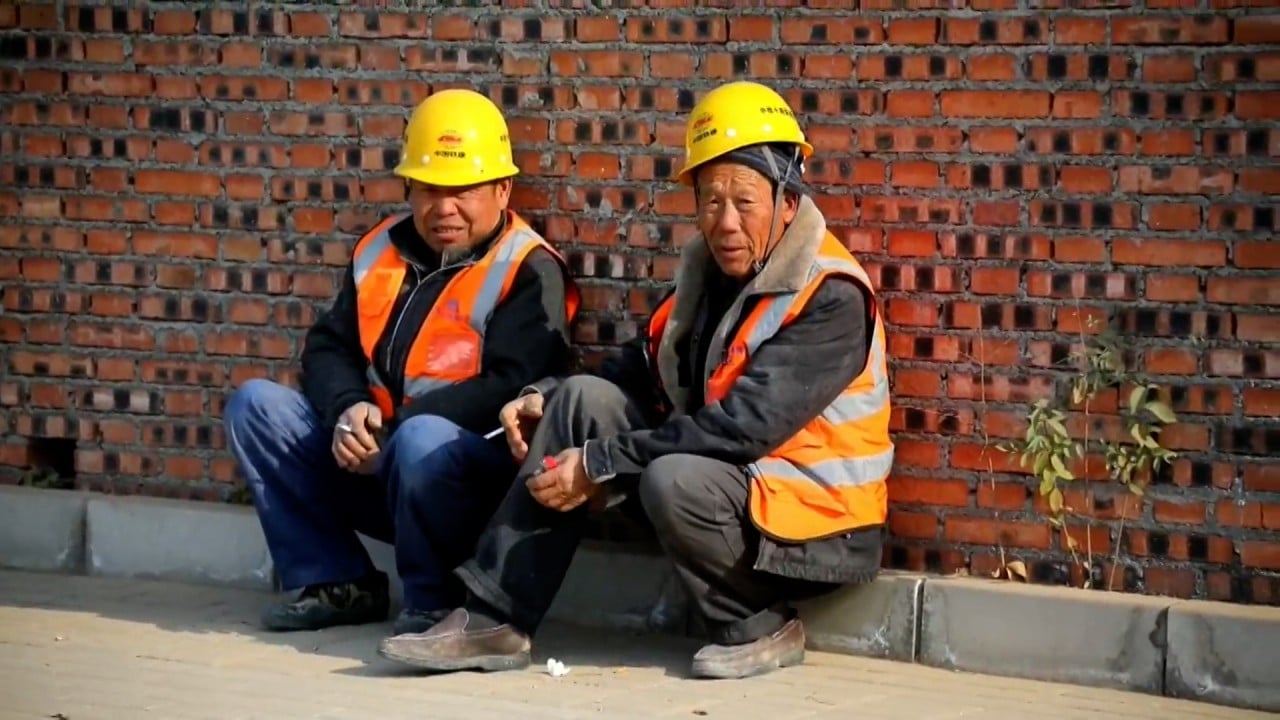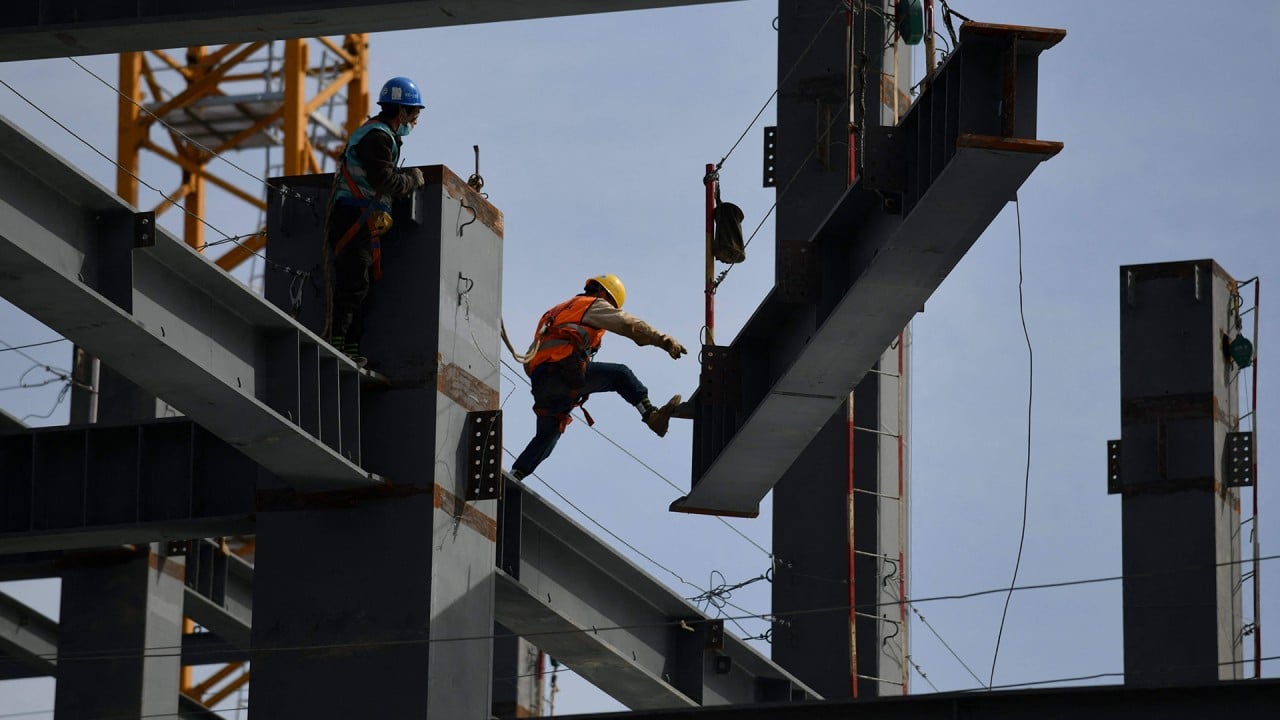
China’s small manufacturers endure ‘difficult time’ as surging raw material prices drive up costs
- Demand for raw materials has surged in China as the economy has recovered from the pandemic, but that has increased costs for downstream manufacturers
- While big industrial companies have seen profits grow this year, soaring prices for commodities like iron ore are starting to put pressure on smaller firms
Last year, as China’s economy started to rebound from the coronavirus pandemic, Ding Yi saw export orders take off.
Ding, who runs a factory making stainless steel strips in the city of Wuxi in eastern Jiangsu Province, even invested in new equipment while demand was good.
But with commodity prices now above pre-pandemic levels, the businessman is starting to feel anxious again.
“We tried to find new suppliers, but every supplier was raising prices,” he said. “Then we raised the prices of our products instead, but our downstream suppliers could not accept it.
“Now we are stuck in a stalemate.”

01:30
Workers unhappy about China’s plan to change decades-old retirement age rules
Small private-sector manufacturers like Ding, whose profit margins were thin to begin with, are left with no choice but to try to pass the spike in raw material costs on to consumers.
China’s home appliance industry, where analysts say raw materials can account for more than 60 per cent of costs, announced late last year it would increase prices, with a number of leading brands jacking up prices again in the first quarter of this year.
In its semi-annual Commodity Markets Outlook, the World Bank forecast energy prices to be on average more than one-third higher this year than in 2020, with oil around $56 a barrel. Metal prices are expected to increase 30 per cent and agricultural prices to rise almost 14 per cent.
“Global growth has been stronger than expected so far and vaccination campaigns are under way, and these trends have buoyed commodity prices. However, the durability of the recovery is highly uncertain,” said Ayhan Kose, World Bank group acting vice-president for equitable growth, finance and institutions, and director of the prospects group.
“Emerging market and developing economies, both commodity exporters and importers, should strengthen their short-term resilience and prepare for the possibility of growth losing momentum.”
But analysts say growth has likely peaked or is close to doing so after expanding at 18.3 per cent year on year in the first three months.

02:01
China’s economy expands record 18.3 per cent in the first quarter of 2021
Ding invested 100 million yuan (US$15.4 million) in new equipment and projects last year as orders increased, even though he knew demand would slow as the vaccination roll-out gathered pace in the West.
“I know what we are doing, but I also sensed that a lot of our counterparts who massively increased investment last year did not realise this order surge would not last,” Ding said.
He added supply, supported by the new capacity, would outweigh demand in the second half of the year, when there will be “wailing wind and weeping rain” for many firms.
The price of some raw materials like iron ore and copper have surged to all time highs this year amid a post-coronavirus recovery in many countries around the world, said Tony Sycamore, APAC market analyst at City Index.
“In China, a lot of fiscal stimulus projects are centred around infrastructure, which requires a lot of steel,” he said. “The key inputs for steelmaking is iron ore and coking coal.”
In the first quarter, China imported 283 million tonnes of iron ore – about 60 per cent of which was from Australia – to record an increase of 8 per cent year on year. The import price for iron ore averaged US$150.79 per tonne, up 64.51 per cent from a year earlier, according to China Iron and Steel Association.
Surging iron ore prices have pushed up domestic steel prices, too. In the final week of April, the steel price index rose to 148.88 points, up 24.36 points from the end of last year.
We now hope the government will increase investment in infrastructure construction to spur consumption
China started to scrap import tariffs on certain steel products and raw materials from May 1 to secure more steel resources and curb iron ore consumption amid skyrocketing prices. It also temporarily exempted some primary steel products from import tariffs and hiked export tariffs for ferroalloys and high-purity pig iron to reduce exports and increase domestic supply.
Authorities also cancelled export tax rebates for 146 steel products at the beginning of the month in another blow to exporters.
“Our annual revenue is expected to be slashed by millions of yuan at least after the export tax rebate is cancelled,” Ding said.
“We now hope the government will increase investment in infrastructure construction to spur consumption, so manufacturers can get through this difficult time.”

